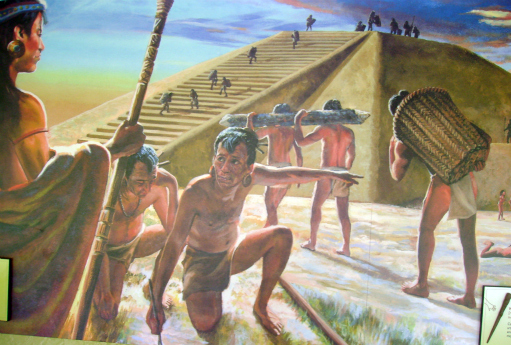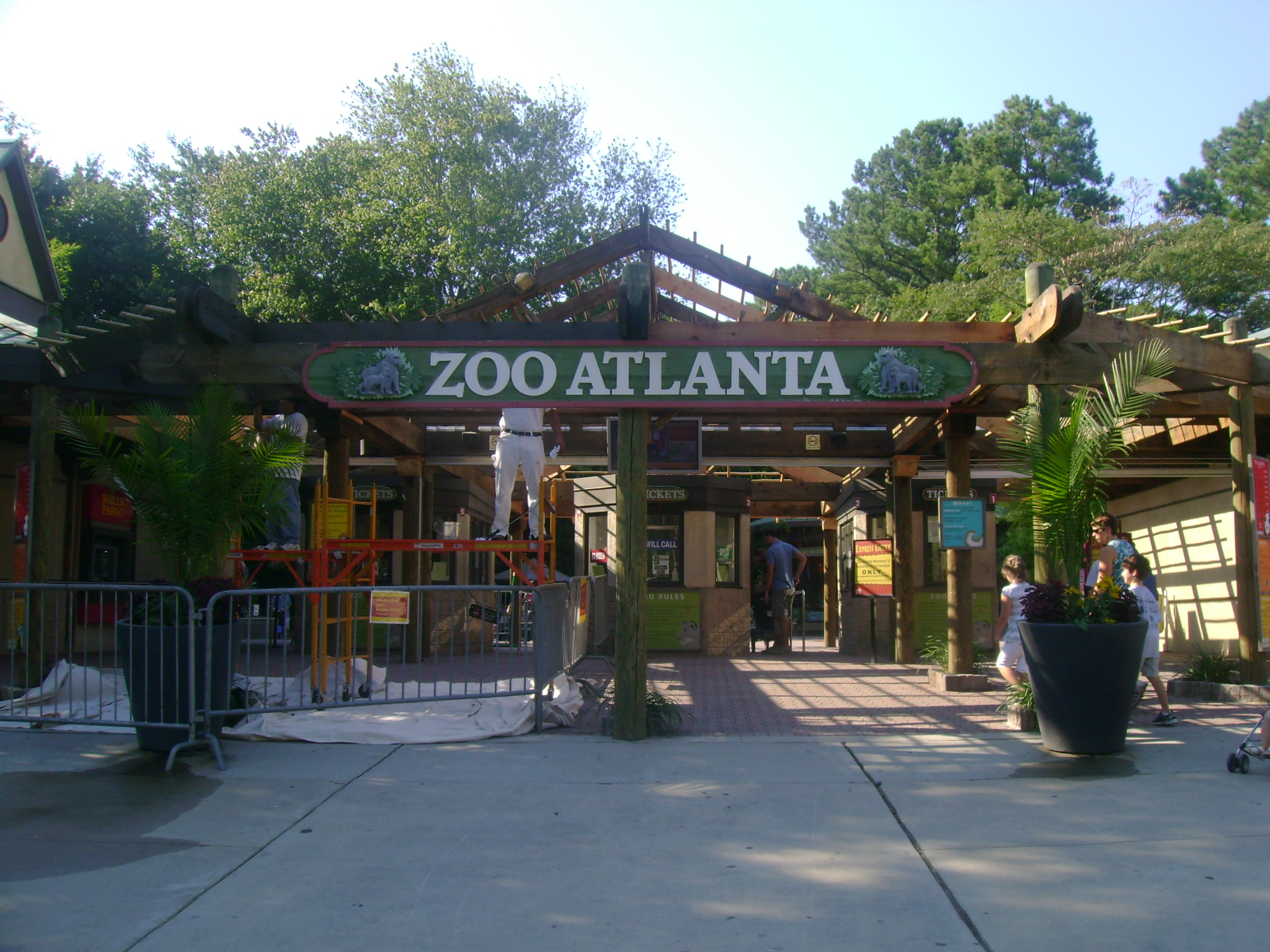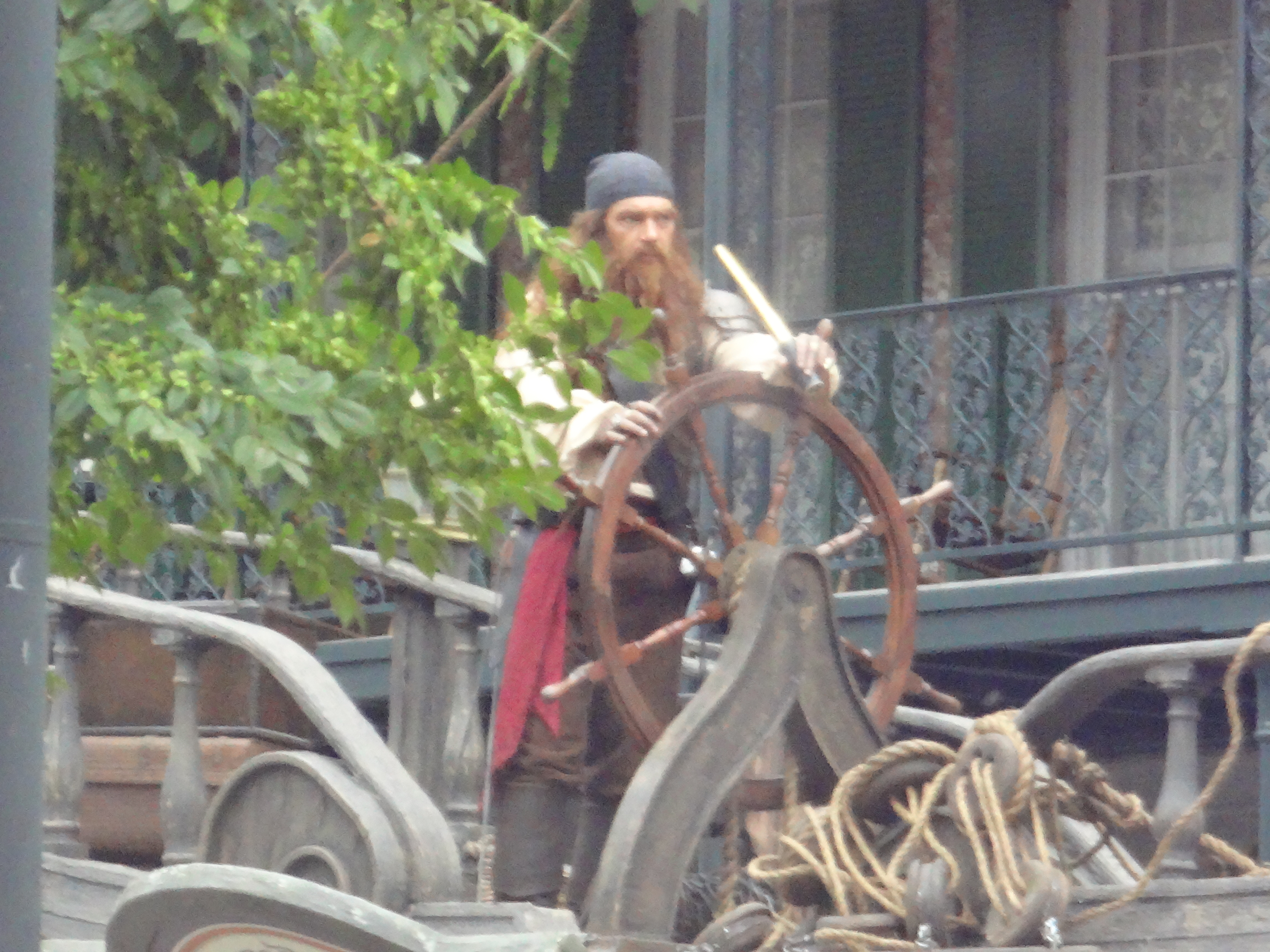Top five Native American sites in north Florida

November is Native American Heritage Month and what better way to celebrate than to visit a location where Native American history and culture is preserved and presented to the public. Here’s a list of the top five Native American sites in north Florida:
- Letchworth-Love Mounds State Park: This 80-acre park includes one of the tallest and most architecturally complex pre-Columbian earthen mounds in Florida. Archaeological research indicates that Letchworth is one of the oldest mound complexes in the Southeast, dating to around. A.D. 200-900. Letchworth Mounds is often referred to as a “mound complex” because the site has more than one mound and archaeological evidence suggests it was a center of activity and organization. The function of the Letchworth Mounds site is not yet known, but experts agree that the 50-foot tall mound is most likely where important ceremonies were conducted.
- Lake Jackson Mounds State Park: Lake Jackson mounds is one of the most important archaeological sites in Florida. It was probably the political and religious center for Native Americans in the area 500-800 years ago. The Lake Jackson Mounds have yielded some of the most significant artifacts in the state. It is believed the people of Lake Jackson traded with the people of Etowah in present day north Georgia.
- Florida Museum of Natural History: Includes multiple exhibits that detail the history and culture of Florida’s many Native American cultures. Includes a full scale model of a meeting between the leaders at the before-mentioned Lake Jackson Mounds in Tallahassee and north Georgia’s Etowah Mounds. Also includes a full scale model of the interior of a Calusa chief’s house from southwest Florida.
- Museum of Florida History: The Museum of Florida History collects, preserves, exhibits, and interprets evidence of past and present cultures in Florida, and promotes knowledge and appreciation of this heritage. As the state history museum, it focuses on artifacts and eras unique to Florida’s development and on roles that Floridians have played in national and global events. Through exhibits, educational programs, research, and collections, the Museum reflects the ways that people have shaped and reacted to their cultural and natural environments.
- Fort Caroline National Memorial: Fort Caroline National Memorial was created to memorialize the Sixteenth Century French effort to establish a permanent colony in Florida. One of the members of this expedition was an artist named Jacques LeMoyne. He drew the first known pictures of Southeastern Indians and their lifeways. A near full-scale recreation of the fort, together with exhibits in the visitor center, provide information on the history of the French colony, their interaction with the native Timucua, and the colonists’ brief struggle for survival. Featured in the museum is a large owl totem pole dredged from the St. John’s River. It is the largest wooden effigy ever recovered from an archaeological site in North or South America.
To learn more about the numerous Native American sites in Florida visit Public Indian Sites in Florida at LostWorlds.org.



